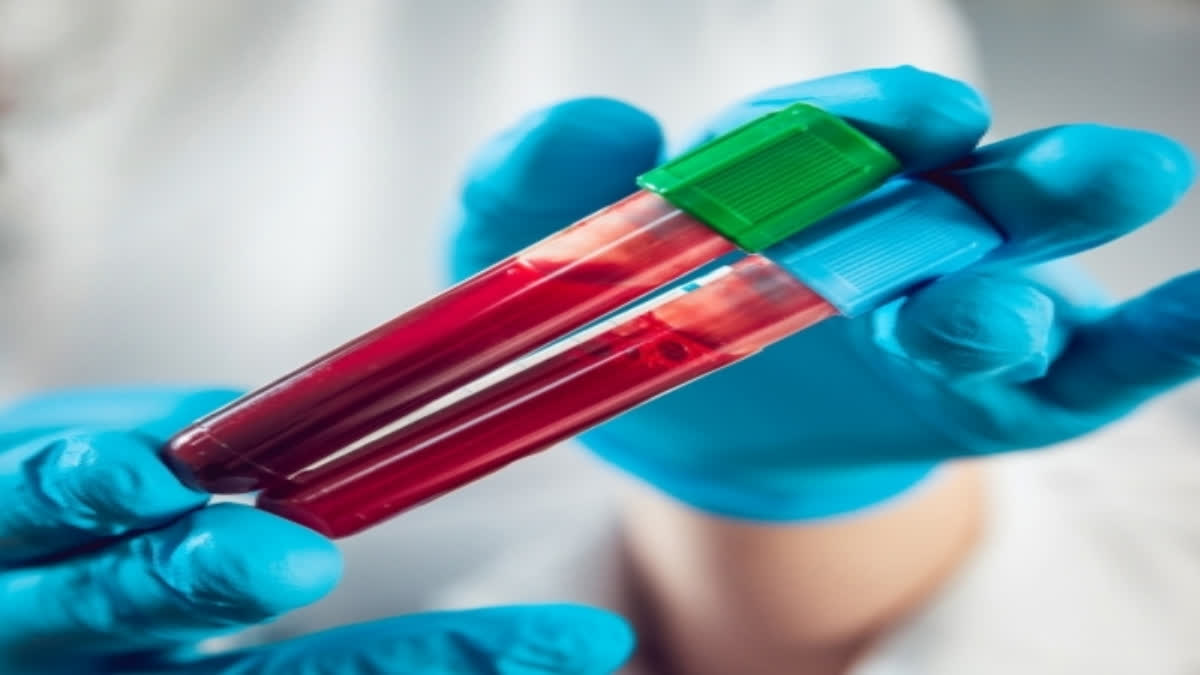London: Researchers have developed a new blood test that detects early stage ovarian cancer and may determine whether a pelvic mass is benign or cancerous with 91 per cent accuracy, a rate better than existing tests.
The test known as OvaPrint uses an approach known as cell-free DNA methylation, a promising new way to detect early-stage cancers of various types. The test searches for DNA fragments circulating in the blood that have been methylated at certain nucleic acids. Methylation is a complex modification of DNA in cells that can alter the way genes are expressed in the body -- and can also be used as a biological marker of disease.
By testing for these early molecular changes, OvaPrint identifies high-grade serous ovarian carcinoma (HGSOC) when the cancer is new and relatively easy to treat, unlike most existing tests for ovarian cancer.
HGSOC is the most common type of ovarian cancer. It is also the most lethal form, in part because clinicians do not have effective ways to screen women for it during the cancer's early stages, when it's easiest to treat.
For patients with a pelvic mass (an abnormal lump or growth in the lower abdomen), it is difficult to detect whether the growth is benign or cancerous ahead of surgery. Unlike many other cancers, biopsies are typically not an option. That makes it hard for doctors to choose the best course of treatment.
When ovarian cancer is found in its initial stages, patients have a more than 90 per cent chance of living for five years or more. Their chances drop to less than 40 per cent if the cancer is detected in advanced stages.
Also read- Breast Cancer Awareness Month kicks off with 'Thrive 365' theme
"Early detection saves lives," said Bodour Salhia, co-leader of the Genomic and Epigenomic Regulation Research Programme at University of South California (USC), US.
“If we can accurately identify early-stage ovarian cancer, we can change the outcome of the disease and really crank up survival rates. In addition, the test has the potential to improve treatment, because the surgical approach to removing a pelvic mass differs depending on whether it’s benign or not,” said Salhia, also an Associate Professor at the Keck School of Medicine at USC.
For the study, published in the journal Clinical Cancer Research , the team focused solely on the HGSOC subtype of ovarian cancer in this study, rather than looking at all subtypes at once.
The researchers collected more than 370 tissue and blood samples, comparing samples from patients who had been diagnosed with ovarian cancer in its early stages with samples collected from patients with normal ovaries or benign tumours.
OvaPrint's 91 per cent accuracy rate means it has both high sensitivity and high specificity, while most other tests on the market are high in one and low in the other, Salhia said.
Also read- Study finds breast cancer drug with a serious side effect



